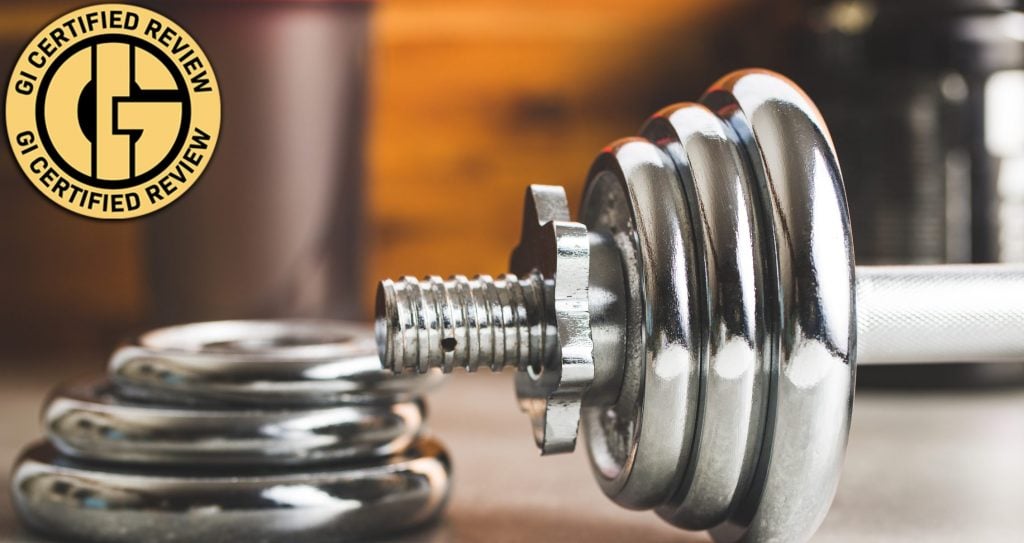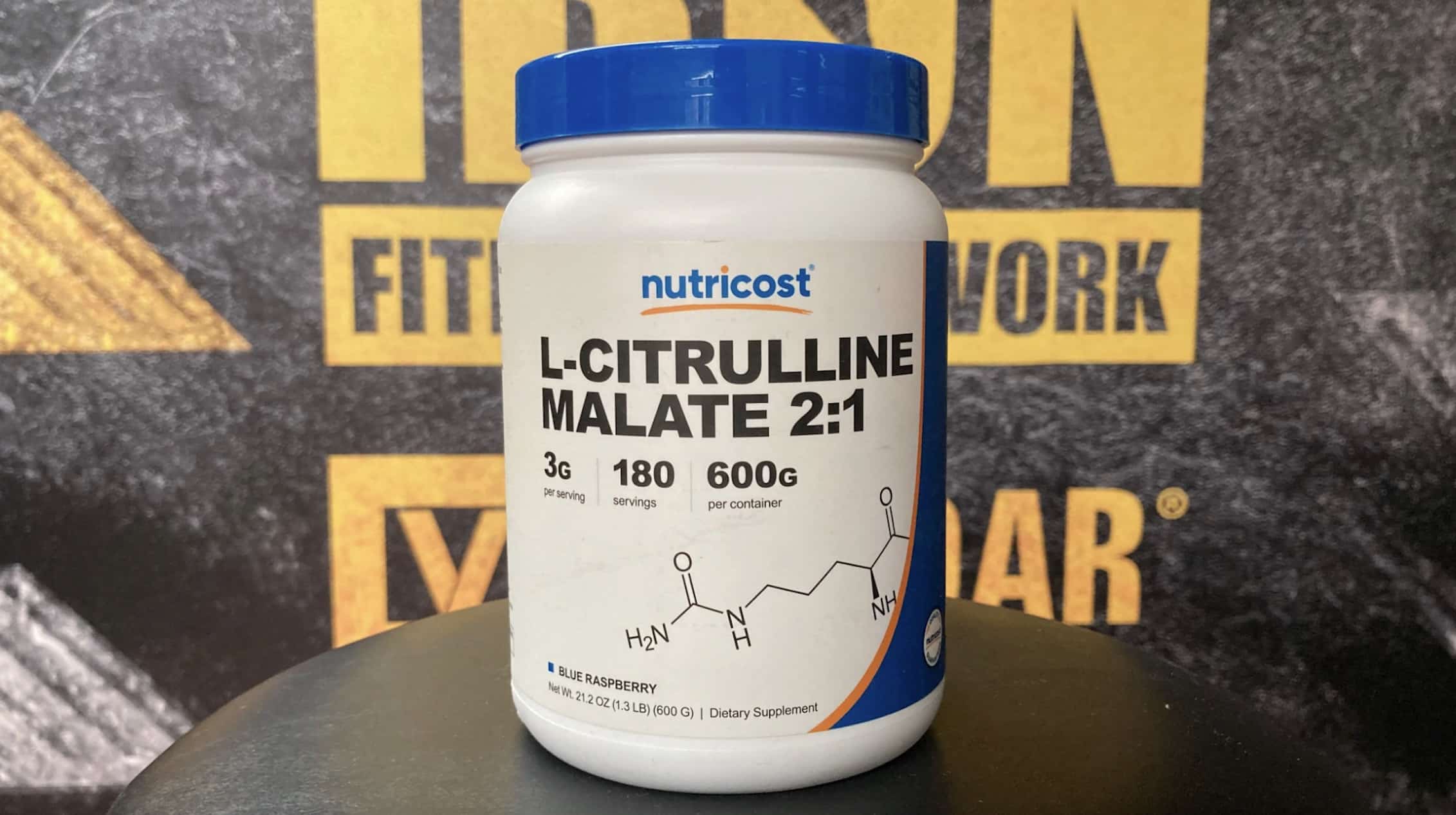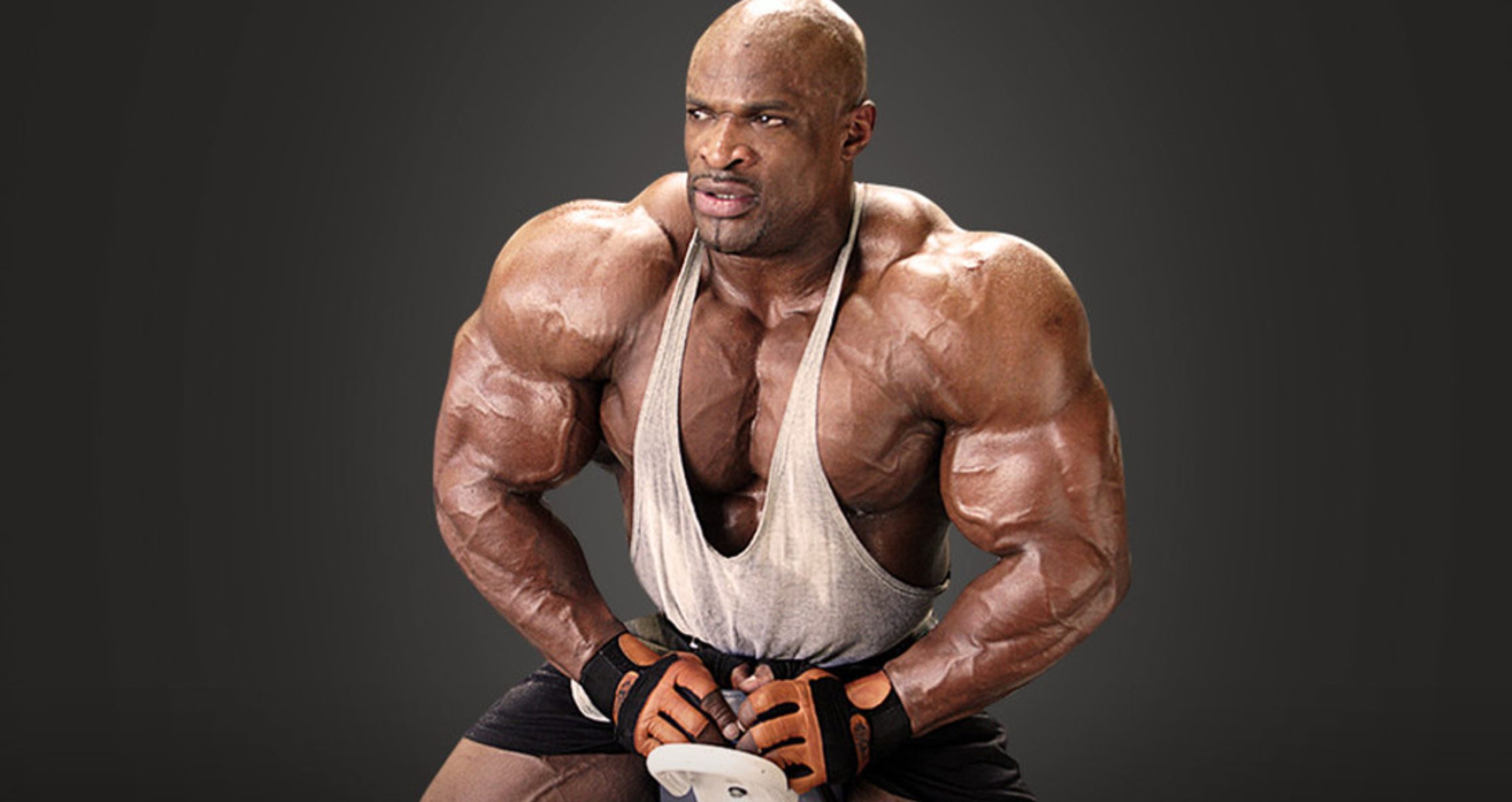Is there an ideal age to start hitting the weights?
Resistance training, often referred to as strength or weight training, has long been a staple for enhancing physical fitness, improving health, and boosting athletic performance. However, when it comes to children and adolescents, many parents and coaches wonder: what is the appropriate age to start resistance training? There is an ongoing debate that the bodies of children cannot handle resistance training, and it can even stunt growth.
Understanding Resistance Training for Youth

Resistance training involves exercises that improve muscular strength and endurance by working against a force. This can include bodyweight exercises (like push-ups and squats), resistance bands, free weights like barbells or dumbbells, or weight machines.
In the past, there were misconceptions that resistance training might harm growth plates or stunt growth in children. Modern research, however, has debunked these myths. When done correctly, resistance training is safe and offers numerous benefits for young people.
The Recommended Starting Age for Resistance Training
There isn’t a universal “starting age” for resistance training because readiness depends on the child’s physical and emotional maturity rather than their chronological age. However, most experts agree that children as young as 7 or 8 years old can begin resistance training, provided they meet certain criteria:
- Emotional Maturity: The child should be able to follow instructions and demonstrate good focus during activities.
- Physical Development: They should have basic motor skills, such as balance, coordination, and body control, to perform exercises safely with proper form.
Guidelines for Safe and Effective Resistance Training
For young athletes or children interested in resistance training, the following guidelines ensure safety and effectiveness:
- Qualified Supervision: Work with a trained professional who understands youth fitness. This minimizes the risk of injury and ensures proper technique.
- Focus on Technique: Prioritize correct form over lifting heavy weights. Poor technique increases the risk of injury and reduces the effectiveness of the workout.
- Use Age-Appropriate Equipment: Start with bodyweight exercises or light resistance, such as resistance bands or small dumbbells. Gradually increase intensity as strength and technique improve.
- Limit Frequency and Duration: Sessions should last 20-30 minutes, 2-3 times per week, allowing for adequate rest and recovery.
- Integrate a Balanced Program: Combine resistance training with aerobic activity, flexibility exercises, and other forms of physical activity.
Potential Risks and How to Mitigate Them
While resistance training is generally safe for young individuals, risks can arise if guidelines aren’t followed. Common issues include overtraining, poor supervision, and improper technique. To mitigate these risks:
- Always ensure proper warm-up and cool-down routines.
- Avoid maximal lifts or competitive weightlifting until adolescence or later.
- Monitor for signs of fatigue or discomfort and adjust training accordingly.
Benefits of Weightlifting at an Early Age

When done appropriately, resistance training can benefit children and adolescents in numerous ways:
- Improved Strength and Endurance: Builds foundational strength for everyday activities and sports.
- Better Bone Health: Enhances bone density during critical years of development.
- Injury Prevention: Strengthens muscles, ligaments, and tendons, reducing the likelihood of injuries.
- Boosted Confidence: Improves self-esteem and body image.
- Lifelong Habits: Encourages a positive relationship with physical fitness.
Conclusion
Children and adolescents can safely start resistance training as early as 7 or 8 years old, provided they are physically and emotionally ready. With proper guidance and a focus on safety, resistance training can lay the foundation for a lifetime of physical health and fitness. By dispelling myths and following expert recommendations, parents and coaches can help young athletes harness the many benefits of strength training.
Let us know what you think in the comments below. Also, be sure to follow Generation Iron on Facebook, Twitter, and Instagram.








